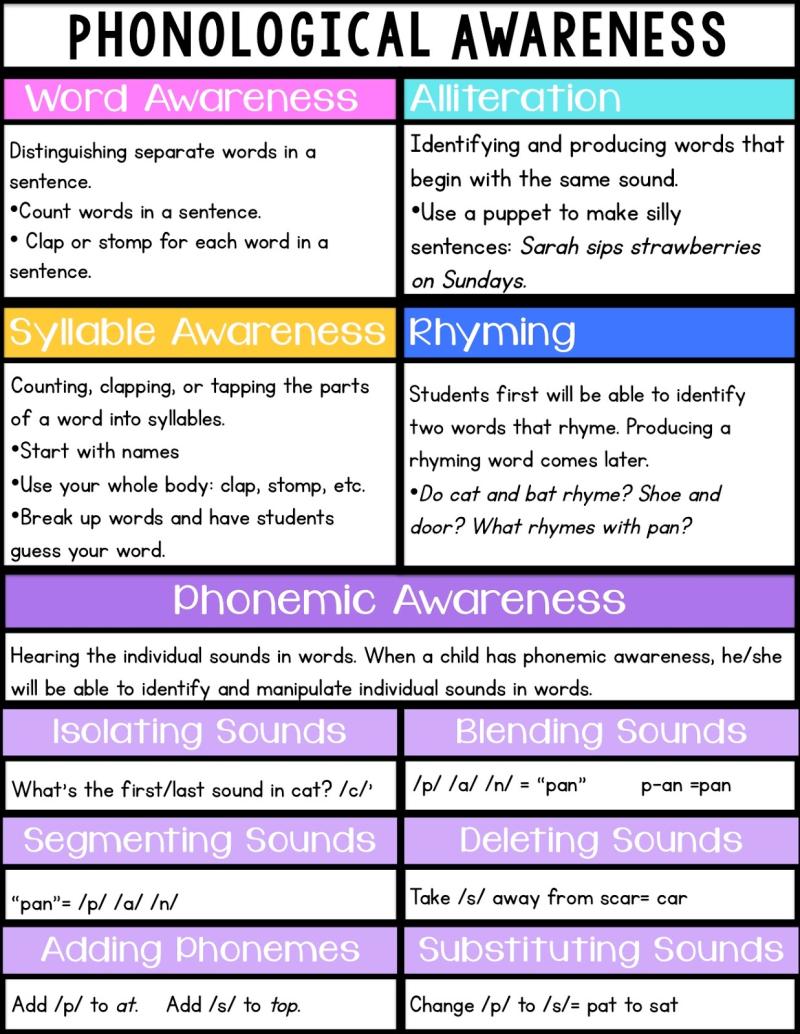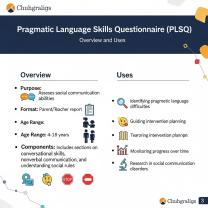How to scaffold phonemic awareness?
Scaffolding phonemic awareness involves providing structured support to help learners develop their understanding of phonemes—the smallest units of sound in language. Here are some teaching techniques to scaffold phonemic awareness:
Phonemic Awareness Activities:
- Engage students in activities that focus on recognizing and manipulating individual sounds. This can include rhyming games, sound blending, and segmenting words into individual sounds.
Sound Isolation:
- Begin with isolating individual sounds in words. For example, ask students to identify the first sound in a word or the ending sound.
Rhyming Games:
- Use rhyming activities to help students recognize and generate words that rhyme. For instance, you can provide a set of words and ask students to identify which ones rhyme.
Segmenting and Blending Sounds:
- Teach students to break words into individual sounds (segmentation) and blend individual sounds into words (blending). Use activities like sound boxes or tapping out sounds on fingers.
Letter-Sound Correspondence:
- Connect phonemic awareness to letter-sound relationships. Introduce the association between specific sounds and the letters that represent them.
Word Manipulation:
- Guide students in manipulating sounds within words. For example, ask them to replace the first sound in a word or remove a specific sound.
Listening Games:
- Use audio resources, such as listening to stories, songs, or environmental sounds, to develop auditory discrimination skills.
Mnemonic Devices:
- Introduce mnemonic devices or catchy rhymes to help students remember the sounds associated with letters. For example, using a song to remember letter sounds.
Multisensory Approaches:
- Incorporate multisensory activities to reinforce learning. Allow students to feel, see, and hear the sounds through hands-on activities.
Word Families:
- Explore word families and common phonetic patterns. This helps students generalize their understanding of sounds to a variety of words.
Games and Puzzles:
- Make learning fun by incorporating games and puzzles that require students to identify or manipulate sounds. This can include board games, card games, or online interactive activities.
Gradual Release of Responsibility:
- Follow the gradual release model, starting with teacher modeling, guided practice, and then allowing students to practice independently as their skills develop.
Regular Assessment:
- Assess students' progress regularly to identify areas that need additional support. Adjust your teaching strategies based on their needs.
Remember to scaffold the learning process by gradually reducing support as students gain confidence and proficiency in phonemic awareness. Differentiated instruction based on individual student needs is also crucial for effective scaffolding.
How can one provide scaffolded support for phonemic awareness?
Scaffolded support is crucial for building children's phonemic awareness, the bedrock of early reading skills. Here are some effective ways to provide it:
Visual Aids:
- Elkonin boxes: These boxes visually represent the phonemes in a word. Use manipulatives like counters or blocks to fill the boxes as you segment and blend sounds. (Image of Elkonin boxes)
- Sound maps: Organize phonemes like stars on a map, connecting them with lines to form words. This helps children visualize sound-symbol relationships. (Image of Sound maps)
- Mouth and ear cues: Exaggerate mouth movements when saying sounds, and point to your ear as you listen for them in words.
Kinesthetic Activities:
- Tapping rhythms: Tap out the syllables of words to match their phonemic structure. This strengthens auditory processing and segmentation skills.
- Building with sounds: Use letter tiles or blocks to physically build words sound by sound, reinforcing blending and sound-symbol correspondence.
- Movement games: Clap, jump, or move in different ways for each phoneme heard in a word. This adds a fun and engaging element to sound discrimination.
Differentiated Instruction:
- Start small and build gradually: Begin with simple phonemic awareness skills like rhyming and isolation of initial sounds, then progress to more complex tasks like blending and manipulating sounds.
- Provide multiple exposures: Use a variety of activities and materials to target the same skill, catering to different learning styles and preferences.
- Offer prompts and cues: When needed, gently guide children with hints, questions, or reminders to help them succeed in the task.
Remember:
- Keep it playful and positive: Make learning about sounds fun and engaging through games, songs, and stories.
- Celebrate progress: Acknowledge and praise children's efforts and achievements, no matter how small.
- Be patient and consistent: Building phonemic awareness takes time and practice. Provide regular opportunities for children to explore and manipulate sounds in a supportive environment.
By incorporating these scaffolded support strategies, you can help children develop strong phonemic awareness skills, setting them on the path to reading success!











